Best of 1970s Baseball Trivia
The 1970s were perhaps one of the most influential decades baseball has ever seen. From iconic cards to record breaking plays, it is definitely one to remember.
Having said that, how many of these facts do you actually remember?
Which famous player's card was not included in the 1970 Topps Baseball Set for the first time since 1952?
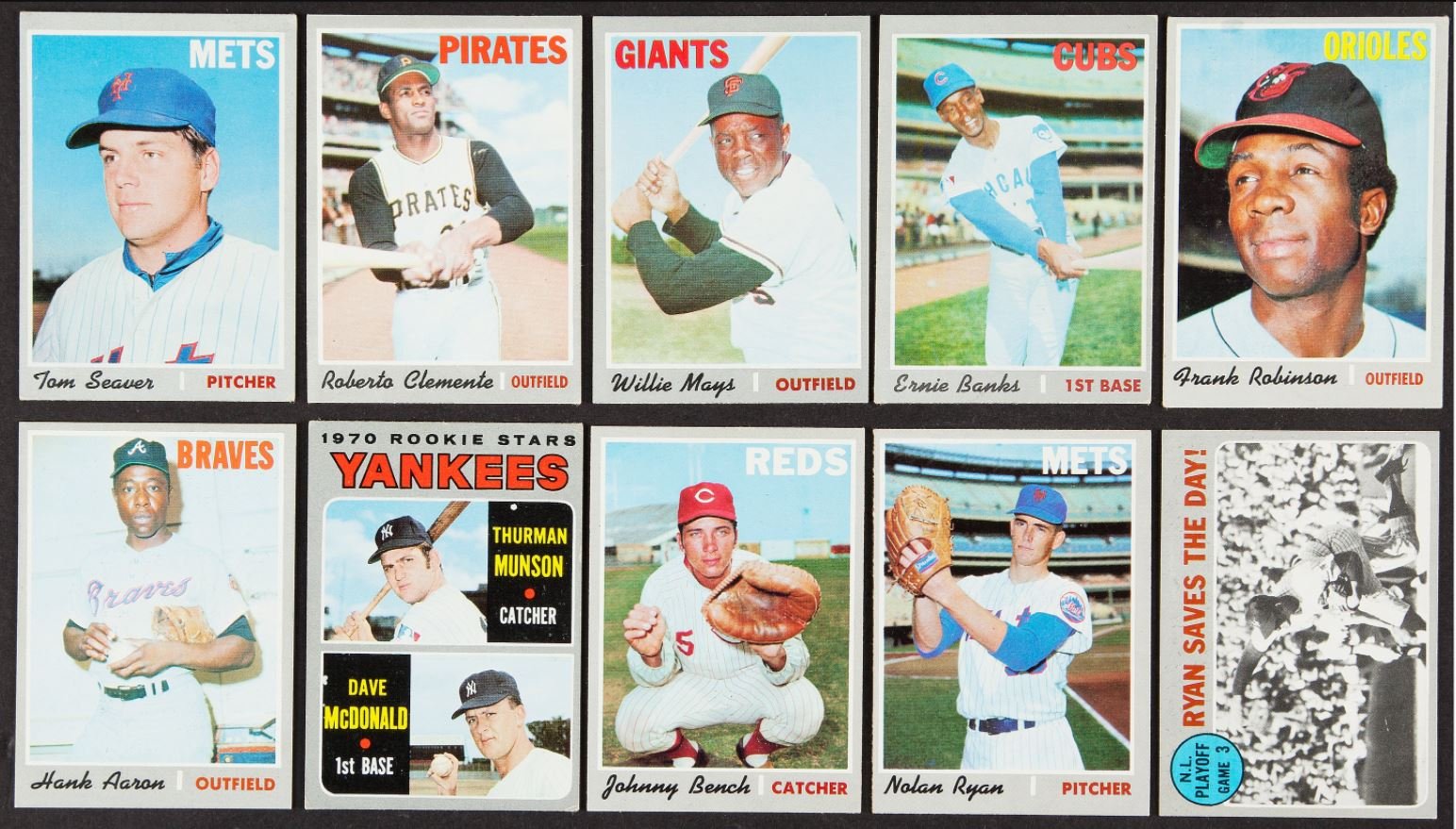
The famous player whose card was not included in the 1970 Topps baseball set was Mickey Mantle. For the first time since the company started printing cards, a Mickey Mantle was not put into a Topps regular issue, which considering his retirement was expected but still a new sensation for long time collectors.
If you had a complete 1972 Topps baseball set, how many cards would you have in total?
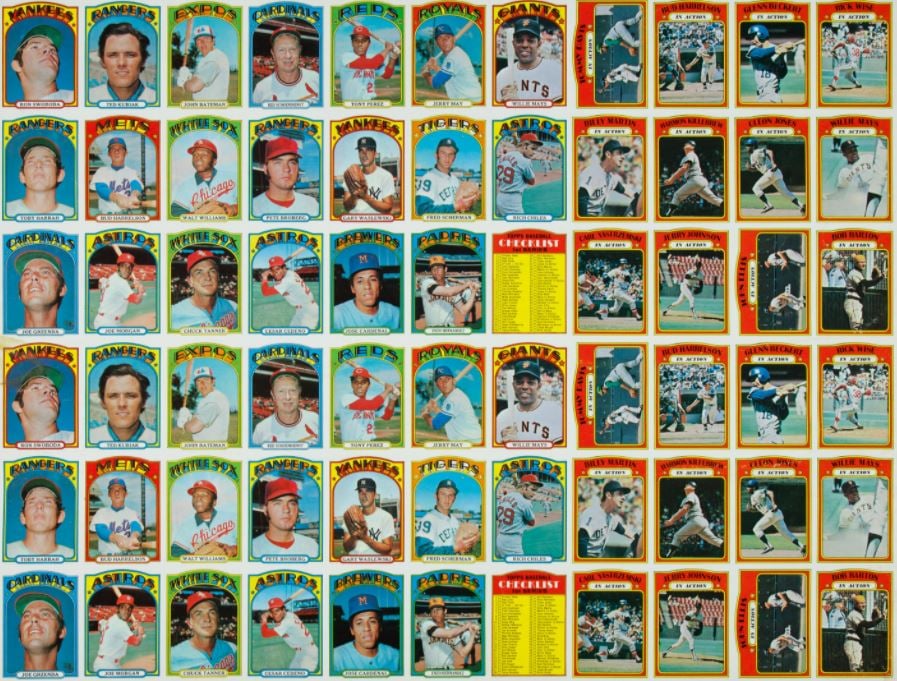
The 1972 Topps Baseball set was comprised of 787 cards. Topps was in an expansion mode and upgraded from producing a 720-card set in 1970, 752 in 1971, and it culminated with a 787-card set for 1972.
Did the Design Variations On the 1973 Topps Baseball Wax Packs Act As Indicators Of Their Contents?
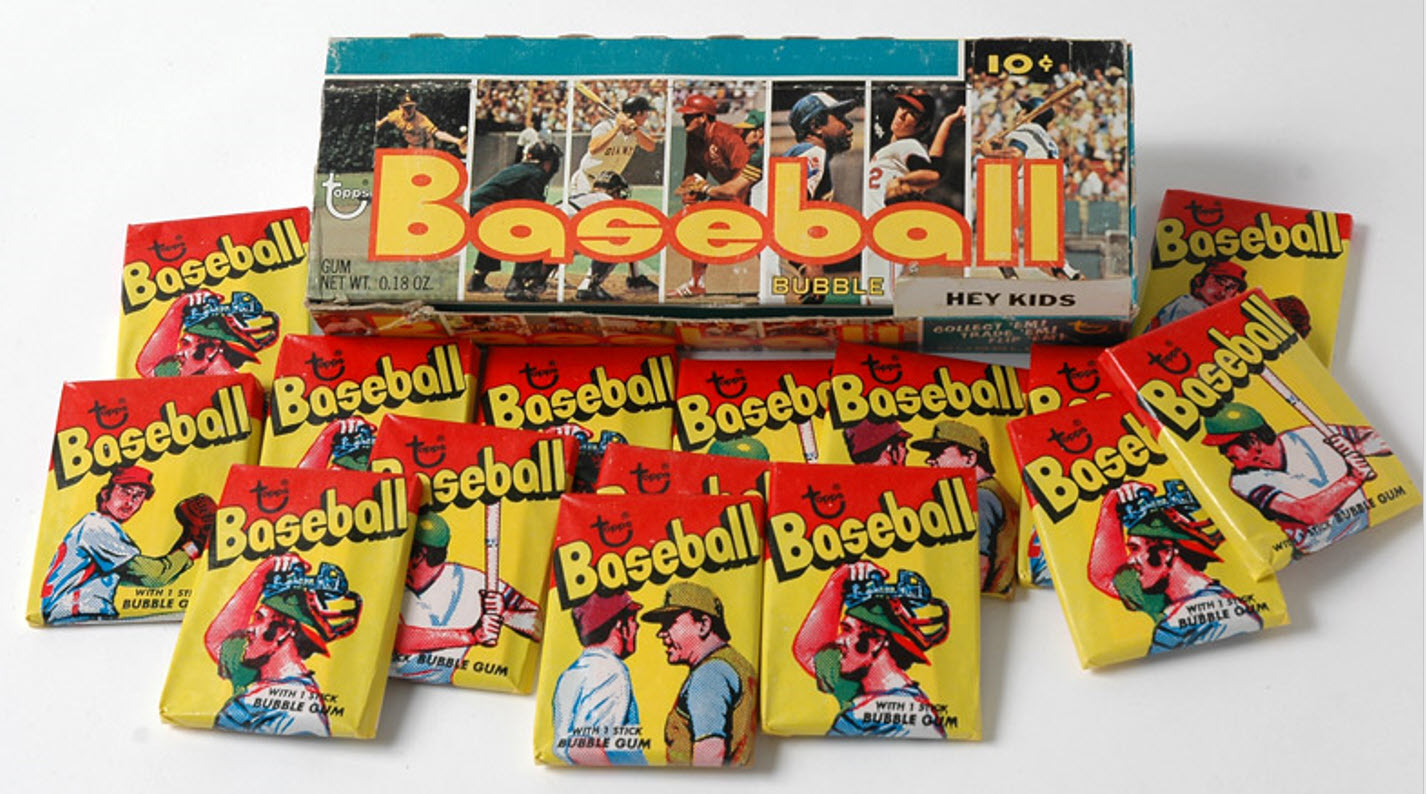
No, the design variations on the non-high numbered series for 1973 Topps Baseball wax packs did not act as indicators of their contents.
There is a lot to sift through here. First, there were multiple variations of 1973 wrappers. This included 4 different wrapper images consisting of a catcher, pitcher, batter, and umpire/manager. There was also a wrapper variation for the high numbered series with a red triangle on it. On top of all of these, there were various panel offers on the slides including two record albums, a ball/strike indicator and a batting glove. The multitude of different wrappers lead kids and collectors to wonder if there was any significance between the wrapper design and what was inside, but with the exception of the high numbered series, there wasn’t.
Whose record did Nolan Ryan beat when he struck out 383 batters in one season in 1973?
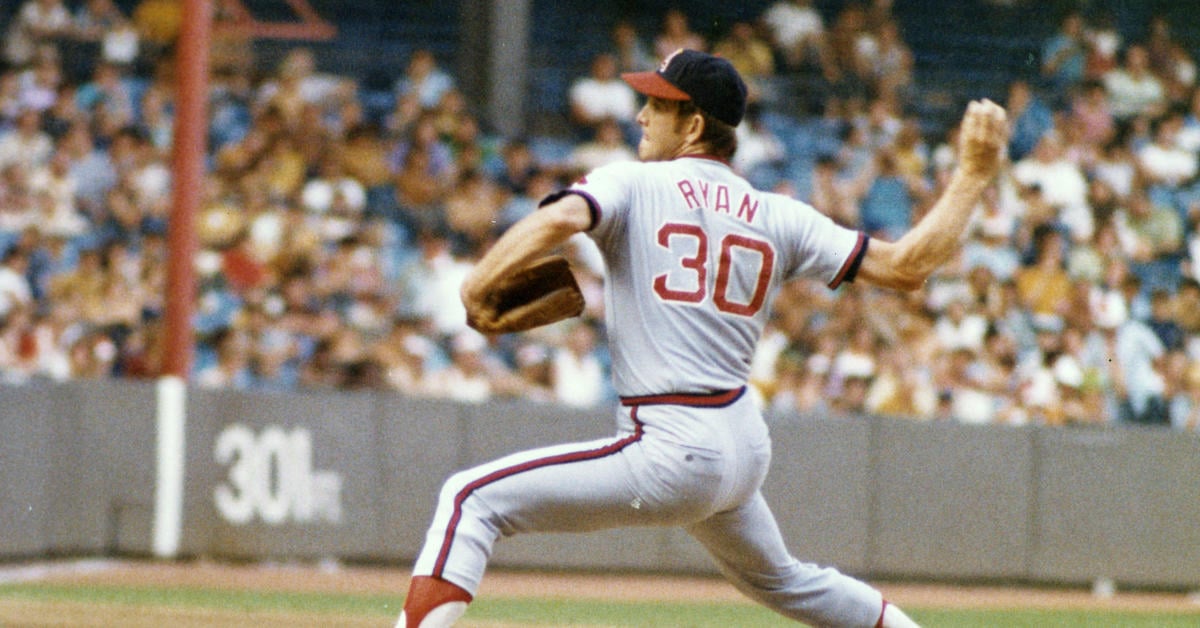
Nolan Ryan’s first major record was set in 1973 when he struck out 383 batters in one season, beating Sandy Koufax’s 382 record by 1. Koufax jokingly remarked "Yeah, and he also surpassed my total for bases on balls in a single season by 91." Ryan would continue to dominate that year, with 2 no-hitters, the second of which happened on July 15 against the Detroit Tigers setting another record with 17 struck out batters.
Did Topps make a mini rack pack in 1975? (They did make mini wax and cello packs)?
Topps made a mini rack pack in 1975, which followed the same sequencing as its regular counterpart. However, they also made mini versions of the wax and cello packs.
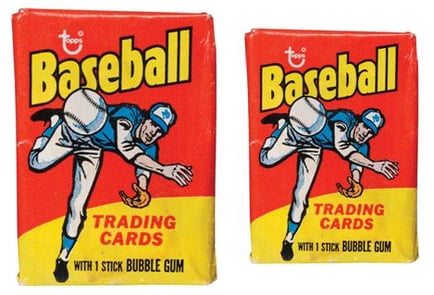
Topps manufactured a test 1975 Topps mini baseball card. They distributed it in Michigan and on the west coast. The 1975 minis were the same as the regular set except for the card size. They produced the cards when the country was in the middle of a recession. Topps was looking for ways to cut down on production costs and lower the price of the cards. The minis were sold out of vending machines in other to bypass retailers. Collectors largely ignored them for many decades. However, they are gaining some popularity in the sports card world again.
How Many Cards In A 1977 Topps Baseball Rack Pack?
Rack packs hold 39 cards and sold for 49 cents when they came out. The big advantage to purchasing rack packs is that a buyer can see 6 of the cards in the rack. In addition, there are no “gum stains” as these packs were the only retail packs from Topps that did not contain gum. These packs do not come centered and collectors can find some of the best cards from rack packs and wax packs.
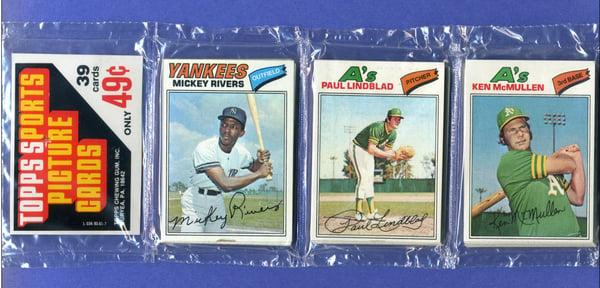
Topps also produced grocery tray packs, which held 9 fewer cards than a rack pack. The tray pack had three wax packs, which meant the collector was getting 30 cards. Collectors would find these packs in department stores and super markets. Today, it is very challenging to come across an unopened tray pack.
What year is this grocery tray from? Here’s a hint – this set was the largest of the 1970s.
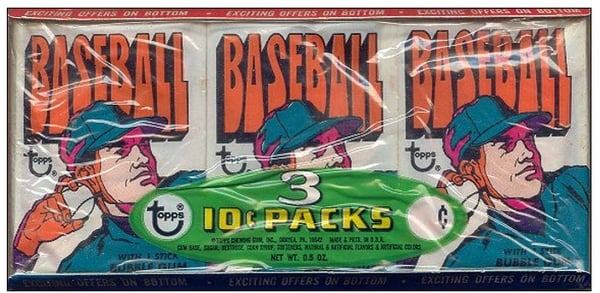
This grocery tray is a 1972 Topps Grocery Tray pack. If you notice, Topps used the same cardboard tray from 1970 – 1974 baseball. Topps was a manufacturing company that focused on keeping costs low and trying to maximize profits. If they could use old inventory, without losing profit they did so. Thus, they changed the trays once the price per packs changed, which they had started testing.

Want to continue reading? Here are a few posts you might find interesting:
1970 Topps Baseball: Everything You Want To Know
1971 Topps Baseball: Everything You Wanted To Know
A Look Back At The 1986-87 Fleer Basketball Set
1989 Ken Griffey Jr. Rookie: The Improbable Foresight of Upper Deck
Ichiro Suzuki Rookie: What is the value of "Once in a Lifetime Cards?"
Investing In Fleer Michael Jordan Cards? Here Is What You Need To Know
